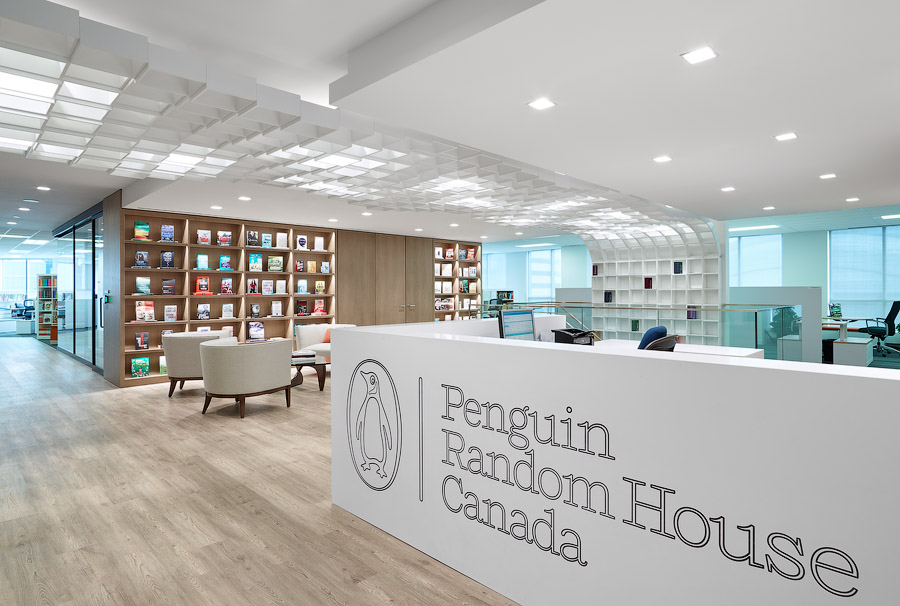Ever question why some places charm and delight, while others make people feel as if there’s a hidden hand shooing them away? Ever stop to wonder why office workers seek out smaller, more contained spaces to focus and concentrate, while the expanse and openness of, say, the boardroom or large spaces offsite are where colleagues can reliably come up with important new ideas? Is it possible that people think and act differently depending on the building or the room they’re in?
A new body of scientific research has emerged on how the brain registers its surrounding environments. Leveraging insights from several fields — psychology, anthropology, linguistics, and neuroscience — a new understanding of how people live and think in the world has emerged based on “embodied cognition.”
“This paradigm,” writes Sarah Goldhagen in her book Welcome to Your World: How the Built Environment Shapes our Lives, “holds that much of what and how people think is a function of our living in the kinds of bodies we do.” Not just conscious thoughts, but non-conscious impressions, feedback from the senses, physical movement and even split-second mental simulations of forms and shapes factor into how people respond to a place, Goldhagen argues. And in turn, places nudge people to think or behave in certain ways.
Most excitingly, this knowledge can now be leveraged in a practical way to subtly but profoundly shape and alter office environments for the better. Through research with corporate workplace clients, Figure3 has uncovered some consistent requirements that persist, regardless of the nature of the business.
They’re the things that need to be designed into the space that, for the most part, are seen. The fact of the matter is the net effect of the designed environment is (often) invisible. It’s the collective whole that influences people. Designers are concerned with elevating what the designed environment makes possible, what it affords, as well as considering the aesthetic.
The seven things designers need to afford people in work environments again and again, though in unique ways depending on the context, constraints, and culture of an organization, include the abilities to:
Click HERE to continue reading this article.
